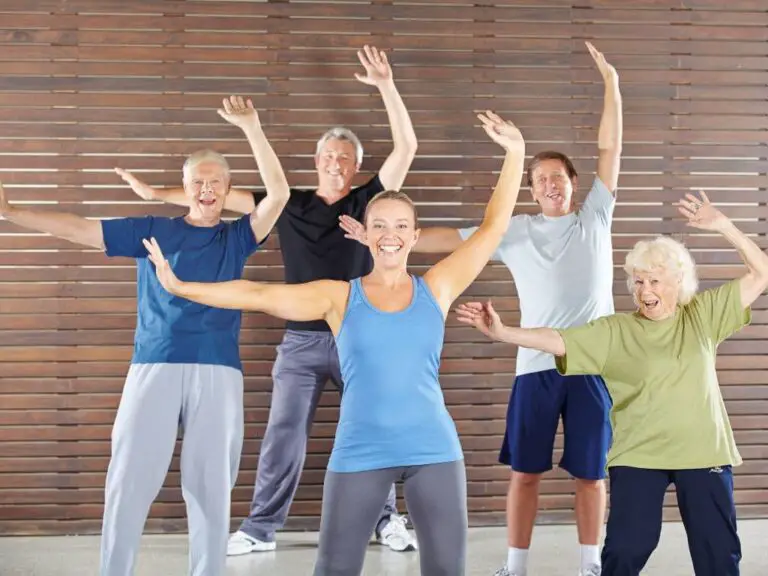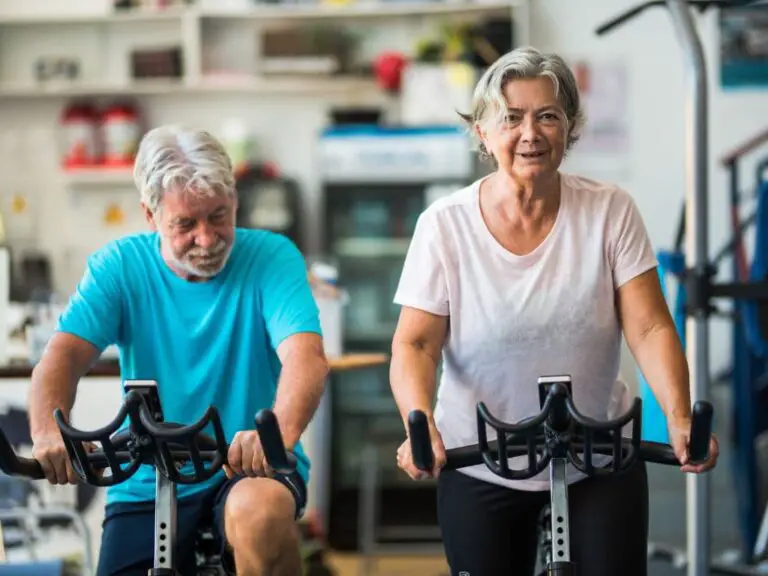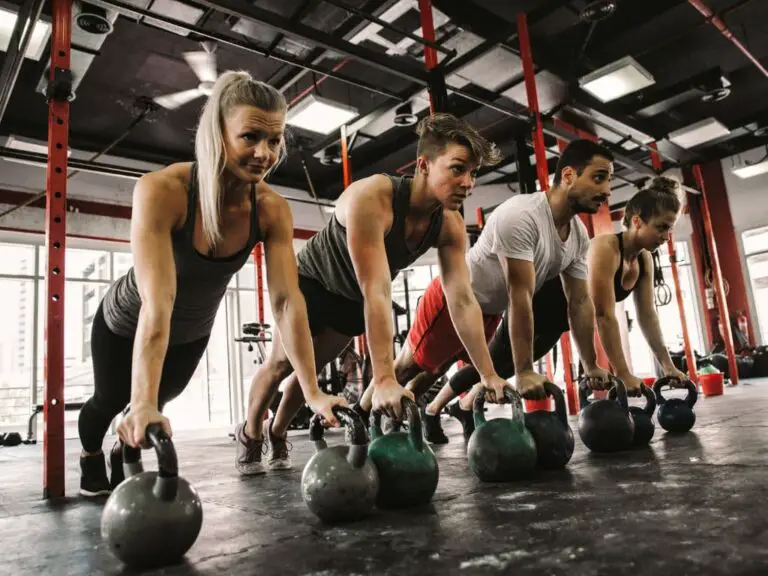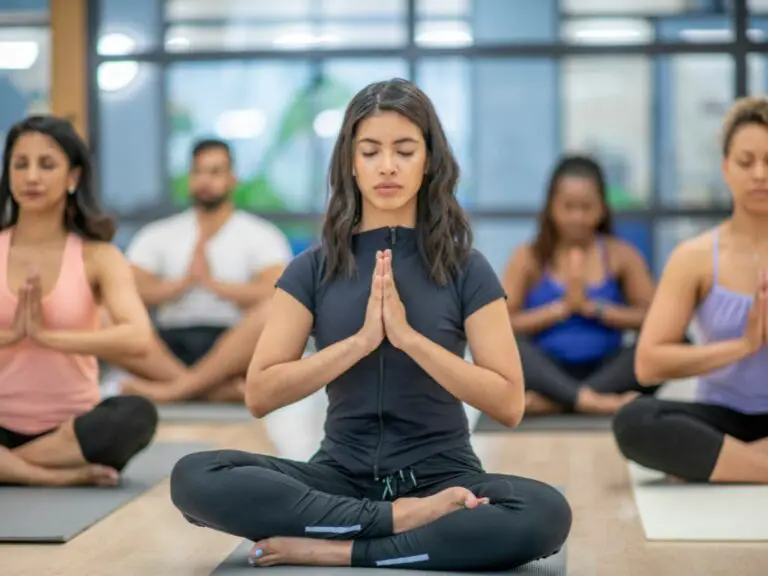Is It Better to Walk Longer or Faster?
Walking is one of the easiest and most accessible forms of exercise. It can be done anywhere, anytime, and requires little equipment. For senior citizens, walking brings many important health benefits like improved heart health, stronger bones, better balance, and reduced risk of diseases. When it comes to walking, two key factors are duration (how long you walk) and intensity (how fast you walk).
But is it better to walk for a longer time or a faster speed?
The main difference between walking longer and walking faster is that walking longer builds endurance and strengthens the heart and lungs while also promoting mental health and sleep quality. On the other hand, walking faster offers more significant cardiovascular benefits and aids weight loss more effectively.
But ideally, a combination of both, adjusted to personal fitness level and goals, provides the most comprehensive health benefits. Let’s explore the benefits and risks of both approaches.
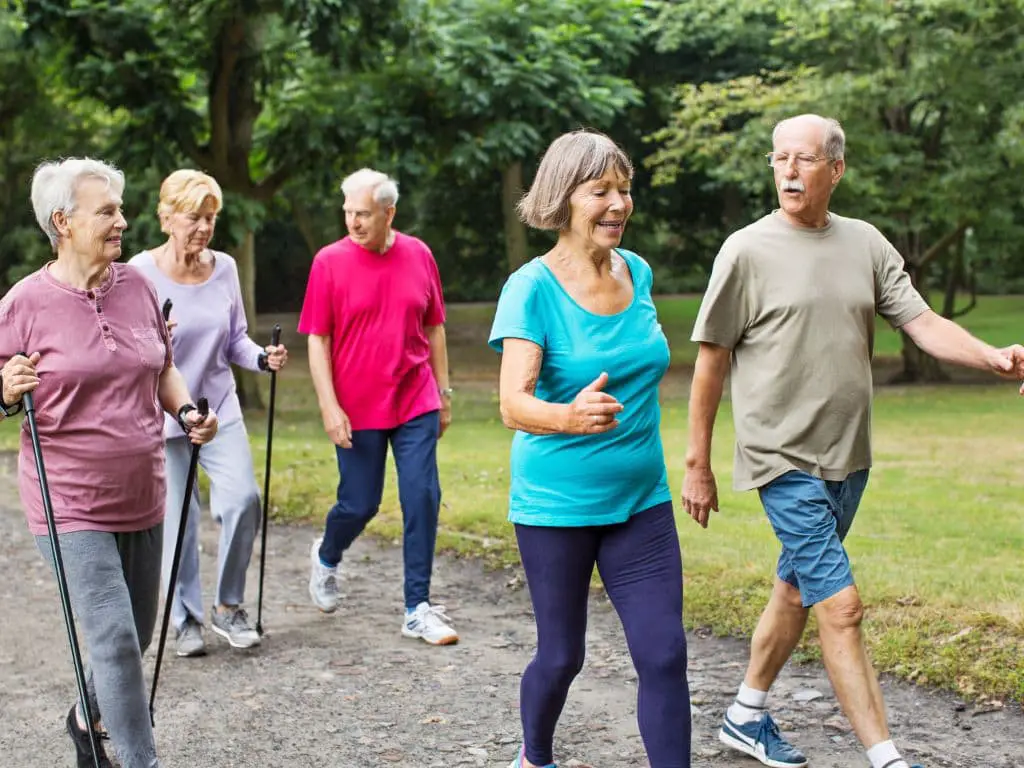
What are the Benefits and Risks of Walking Faster?
Picking up the pace and speed walking can provide greater fitness benefits in less time. Walking for fitness at a brisk pace gets your heart pumping and burns more calories in a shorter period. This can help with:
- Heart health: Speed walking is a form of cardio exercise that can lower blood pressure and cholesterol. It reduces the risk of heart disease.
- Weight loss: Walking faster burns calories and body fat, which supports weight loss and maintaining a healthy weight.
- Walking for weight loss is more effective when done at a brisk pace.
However, walking too fast can increase injury risk, especially in seniors. Impact on the knees, hips and back is higher with fast walking. It’s best to build up pace gradually and use proper walking form. Warming up, cooling down, wearing supportive shoes and taking rest days helps prevent injury with speed walking.
What are the Benefits and Risks of Walking Longer?
Long walks, when done at a moderate pace, build endurance and provide their own benefits.
- Endurance: Longer walks help strengthen heart and lung capacity. They increase overall stamina.
- Mental health: Extended walking sessions can reduce stress, anxiety and depression. The peacefulness of walking relieves mental fatigue.
- Mood: Walking releases feel-good endorphins that boost mood. Regular walking for mental health has an antidepressant effect.
- Sleep: Studies show walking for sleep quality helps people fall asleep faster and get better sleep.
The main risk with long walks is overdoing it and causing muscle fatigue or strains. Proper pacing is key. Start with shorter walks and slowly build up distance. Allow rest days between longer walks. Stay hydrated and use walking aids like trekking poles to reduce strain.
| Aspect | Walking Faster | Walking Longer |
|---|---|---|
| Benefits | Cardiovascular fitness, burns more calories | Endurance, stress reduction, mood boost |
| Heart Health | Lowers blood pressure and cholesterol | Strengthens heart, lung capacity |
| Weight Loss | Burns calories and body fat | Burns calories over time |
| Injury Risk | Higher risk of impact injuries | Overuse or muscle fatigue risk |
| Duration | Shorter duration | Longer duration |
| Mental Health Benefits | Moderate, endorphin release | Stress reduction, mood elevation |
| Sleep Improvement | Helps regulate circadian rhythm | Enhances sleep quality |
| Frequency | Can be done most days | Several times a week |
| Rest Days | Important to prevent injury | Critical for muscle recovery |
| Ideal For | Weight loss, cardio fitness | Endurance, mental health improvement |
How Does the Intensity and Duration of Walking Affect its Benefits?
To get the most out of walking, it’s ideal to incorporate both intensity and duration. Even short, brisk walks can improve health. But longer, faster walks enhance cardiovascular fitness. Combining intensity and duration allows you to reap these benefits:
- Brisk short walks provide high-intensity exercise in quick bursts
- Lengthy moderate walks build endurance and burn calories over time
Adequate intensity and duration of walking helps:
- Strengthen the heart
- Increase lung capacity
- Burn more fat
- Support weight loss
- Improve stamina
Balancing intensity and duration makes walking effective exercise. Adjusting these factors allows customizing walks to meet personal needs and fitness goals.
How Can I Adjust My Walking Speed and Duration to Fit My Personal Preferences and Goals?
The best walking routine will depend on your current fitness level, health needs and personal preferences. Here are some tips for adjusting speed and duration:
- Assess your current fitness. If new to walking, start with short, leisurely strolls.
- Gradually increase duration by 5-10 minutes until you reach 30-60 minutes.
- Add short bursts of brisk walking to increase intensity.
- To burn more calories, walk longer at a moderate pace with occasional faster intervals.
- For cardio benefits, walk briskly for 20-30 minutes most days.
- Walking for mental health benefits may emphasize duration over intensity.
- Rest days are key to prevent soreness and allow recovery, especially after long walks.
- Frequency matters too. Aim for 5-6 walking sessions per week for optimal results.
Listen to your body and adjust speed or length when needed. Having varied walking routines keeps it compelling while supporting personal goals.
What is the Best Way to Combine Walking Speed and Duration for My Fitness Goals?
The ideal walking routine balances intensity and duration based on your fitness level and goals. Here are suggested combinations:
- Beginner: 20 minute leisurely walk 2-3 times a week. Gradually increase duration.
- Moderate fitness: 30-45 minutes at brisk pace 3-4 times a week.
- High fitness: 45-60 minutes of mixed brisk and moderate walking 5-6 times a week.
- Weight loss: 45-60 minutes at brisk pace 5 times a week.
- Heart health: 30-45 minutes of brisk walking most days.
- Endurance: 60+ minute walks with moderate and brisk intervals.
- Mental health: 45-90 minute leisurely walks in nature.
Listen to your body and adjust the routine as needed. Having rest days is critical to allow muscles to recover, especially when increasing duration or intensity. Staying hydrated and fueling walks with healthy snacks also helps performance and recovery.
What are Some Tips for Preventing Injuries While Walking?
To avoid injuries that may come from overuse or falls:
- Warm up muscles before walks with gentle stretches
- Cool down and stretch after longer walks
- Wear supportive, cushioned shoes designed for walking
- Use trekking poles to improve stability
- Walk on flat, even surfaces whenever possible
- Keep your posture upright, avoid leaning forward
- Build up walking pace and distance gradually
- Take regular rest days, especially after intense walks
- Listen to your body pain signals and avoid “pushing through”
- Stay hydrated and nourished during longer walks
Proper preparation, pacing, and recovery helps make walking safe exercise with reduced injury risk. Consult a physical therapist if pain persists.
How Can Walking Improve My Mental Health and Mood?
Walking for mental health provides powerful psychological benefits:
- Relieves stress, anxiety and depression
- Boosts mood with endorphin release
- Enhances sleep, providing more mental energy
- Allows peaceful thinking time to improve outlook
- Provides a sense of accomplishment upon completing walks
- Getting outdoors exposes you to nature, sunshine and fresh air
Aim for 30-60 minute walks in nature or greenspaces several times a week for the biggest mental health boost. Combining walks with friends adds socializing to further lift your spirits.
How Can Walking Help Me Sleep Better?
Research shows walking for sleep quality can help in several ways:
- Exercises your body during the day so you feel sleepier at night
- Helps regulate your circadian rhythm which controls sleep/wake cycles
- Reduces anxiety and depression that can interfere with sleep
- Allows your mind to relax during the walk so you can wind down before bed
- Raises your body temperature during the walk, the drop after helps trigger sleep
For best results, take 45-60 minute walks outdoors in the morning or afternoon. This exposes you to natural light to help regulate circadian rhythms. Avoid intense evening walks close to bedtime as exercise may keep you awake.
Conclusion
In summary, both walking duration and intensity offer important benefits. Brisk short walks provide cardiovascular benefits while longer moderate walks build endurance and support mental health. Combining faster segments with longer intervals allows you to customize walks based on personal preferences and goals. Adjusting factors like frequency, rest days and preparation helps to prevent injury. Optimizing your walking routine can significantly improve your physical and mental health as you age. The key is finding the right balance of brisk and leisurely walking that works for your lifestyle.
Frequently Asked Questions
-
Is it better to walk longer or faster?
Research has shown that people with obesity who walk slower burns more calories than those who walk at their regular pace. Walking at a slow pace of 2 miles per hour reduces stress on the knees by 25%, compared to walking at a fast 3-mile pace.
-
Why should seniors not do squats?
While deep squats squats can be great for strengthening legs muscles, seniors should steer clear of any exercise that involves knee bends. The knee joint strain from deep squats can lead to arthritis. If you have back problems or legs issues, it can be difficult to keep the proper form when squatting.
-
Are sit ups good for seniors?
Sit-ups or crunches used to be the best moves for keeping your core strong in the past. These exercises may not be as efficient as they once were. These exercises strengthen only certain muscles and pose risks to older people. Boehm states that they are dangerous as you pull on your neck.
-
How many steps is a 15 minute walk?
A 15-minute walk of 100 steps/minute (a healthy pace according to New York Times) will equal 1500 steps. This will be more for more active walkers. It’s not bad at all.
-
How far should a 75 year old walk?
In general, seniors in good health walk between 2,000 to 9,000 steps per day. These numbers translate into walking distances between 1 and 4 1/2 miles. Health benefits can be achieved by increasing the distance walked by approximately one mile.
-
How can I build muscle after 70?
For older adults, strength training is key to muscle growth. This is best done slowly and with lighter weights. Your muscles will work harder if you move slowly with lighter weights. You don’t need a set weight to do resistance exercise like push-ups or squats if you don’t have any.
-
Is walking 3 miles a day good for a 70 year old?
Seniors who want to stay healthy and active can enjoy the many benefits of walking. But it is important to not go too slow or too hard. Every little helps. Walking down the street can be helpful, so you don’t have to run three miles at once.
-
Can you get rid of Crepey arms with exercise?
Crepey skin can be improved by exercise. Exercise can make our muscles stronger, longer and more tighter. This helps to firm the skin around them. Our muscles are more prominent, which can reduce the appearance of crepey, loose skin.
-
Can you get rid of bat wings and go sleeveless at sixty?
Your body loses muscle mass as you get older. You can still tone and lose fat after age 60 or later. You can tone your arms by engaging in strength training to build and tone the muscles.
-
What happens to the body at 70?
Your bones, joints, and muscles. As your muscles become weaker, the tendons that connect to your skeleton, which are responsible for securing muscles, get stiffer. You will experience a decrease in strength and flexibility. As disks are placed in the back of your flatten, this can cause a loss of an inch to your height during your 70s.

